I stood at the cash register in my favorite camera store, waiting to pay for film. At my feet, in front of the counter was a carboard box containing several old cameras in various states. It reminded me of a box of kittens you might see with a sign that read “free to a good home.” Perhaps that was their clever ploy to elicit my sense of compassion for these seemingly neglected veterans. They were not free. On the other hand, you could buy one Leica M3 or one of these and 244 rolls of film for about the same cost. I decided to rescue one of the dusty, 70-year-old cameras and review my experience with it in this article. I reached into that box and pulled out an Exakta VX. And to be completely unscientific, I introduced a second variable: Ilford Ortho Plus, a film I have never used before.
Historic Perspective
Although the history of the company has been well documented by others, I would like to highlight a few key points that explain the words Ihagee and Dresden, found on the front of this camera. Ihagee is the pronunciation of the acronym for the company name in German, which is, Industrie und Handelsgesellschaft (industrial and commercial company) or IHG which is pronounced as, Ihagee. Dresden, on the other hand, is the name of the city where the company was located. At the time this camera was manufactured, between 1951 and 1956, Dresden was in Eastern Germany, a demarcation that existed between 1949 and 1990. The other important fact about this company that all 35 mm aficionados should know is that Ihagee was the first company to mass produce a 35 mm SLR film camera when it released the Kine Exakta in 1936.
The Exakta VX is a camera that I could stare at all day. It is a mechanical time capsule of the 1950’s and carries the same appeal as a 1958 Airstream in its tailored aluminum suit that is buttoned up with rivets. At 833 grams or 1.8 pounds, it feels just heavy enough in the hand that you can appreciate the mechanical works beneath its silver and black skin without straining to hold it. The black cursive engraving conveys its refined style. After all, it held enough esteem in its day to be placed in Jimmy Stewart’s hands as the lead in Alfred Hitchcock’s 1954 motion picture, Rear Window. Having established itself as a producer of 35 mm SLR cameras for about twenty years, these cameras were sophisticated, offering advanced features including a shutter speed of 1/1000 of a second, a film advance lever and a hinged back, just to name a few. I have read that these cameras sold for about $362 US dollars in 1956 which is equivalent to about $4,351 US dollars in 2023. For reference the cutting-edge Nikon Z9 body sells for about $5,000 US. That means I would not have owned this camera either in 1956! This year I bought the camera for only $200 US. Somehow, I doubt the Z9 will be worth as much in seventy years or if it will be functional after a seventy-year journey.
Initial Experience
This is a manual focus camera without an internal light meter. I think most of us here appreciate that. I use a Sekonic light meter most of the time to estimate my shutter speeds and aperture. On this adventure, I chose to shoot Ilford Ortho Plus, an ISO 80 film, to experience the rendering this orthochromatic film would produce with its bias toward the cool end of the light spectrum. In addition, I was curious to see what resolution could be achieved with the Carl Zeiss lens that was not limited by my typical go-to ISO 400 film. This did impact my ability to shoot in low light though this is part of the experimentation and surprise that I enjoy.
Loading the film is easy with the hinged back similar to modern cameras and unlike the Leica M3 affair of removing the base and sliding the film up into the camera. The camera feels good in the hand. A confident size and weight. On the other hand, literally, you will be winding the film and releasing the shutter with your left-hand vs the now right-handed industry norm. The gears and sounds are very gratifying and feel solid. Interestingly, the Rollei 35S has a left-hand film advance too but is combined with a right-hand shutter release. None of this is a problem, though I did find myself fumbling to find the shutter-release on the face of the camera. Selecting the shutter speeds is accomplished by lifting the round dial and turning it counterclockwise to the selected speed. A speed of up to 1/1000 of a second is a bonus and is faster than any of my vintage cameras, as they top out at 1/500th of a second. This is a real advantage especially if you are shooting in full sun. A unique mechanical marvel is that the shutter speed dial spins when you release the shutter. The aperture ring is at the far end of the lens barrel which by design keeps it away from your finders while you focus. You can even depress and turn an adjacent ring that will limit your choices if you need a reminder. The pentaprism is bright though I find focus to be a little tricky as I strained to see if the edges of the objects were sharp or jagged.
The Lens
Reportedly there are thousands of compatible lenses for the Exakta camera line, produced by many manufacturers utilizing its bayonet style mounting. Carl Zeiss, however, was the official supplier. After World War II, Carl Zeiss lens were made in Jena (East Germany) or Oberkochen (West Germany). The lens on this camera is a Carl Zeiss Jena Nr. Tessar 1:2.8 f=50mm and based on its serial number it was produced in East Germany between 1952 and 1955. It is worth mentioning that Paul Rudolph, a scientist working for Carl Zeiss invented a lightweight portable lens in 1902 that he coined the Tessar (the Greek word tέσσερα or tessera meaning four) to describe the four-element lens on this camera. It was a lightweight lens that helped make mobile 35mm photography possible. (Another pearl for the 35 mm aficionados to savor.) The images below will demonstrate what I believe to be an amazingly sharp, high quality vintage lens.
Images
I did experience a light leak on this first roll. I believe it was secondary to my partial opening of the film back before I understood how to open and close the camera. This will be verified on my second roll in the future. As expected, full sunlight or partial shade images produced a sharp image. Low light images requiring slow shutter speeds due to the ISO 80 film choice, were prone to motion and loss of detail. Despite that, I believe these are among the sharpest 35mm images I have ever taken. These negatives were scanned with an Epson V600 and were edited in Lightroom. In my opinion, the images printed in the darkroom are even better than those scanned.
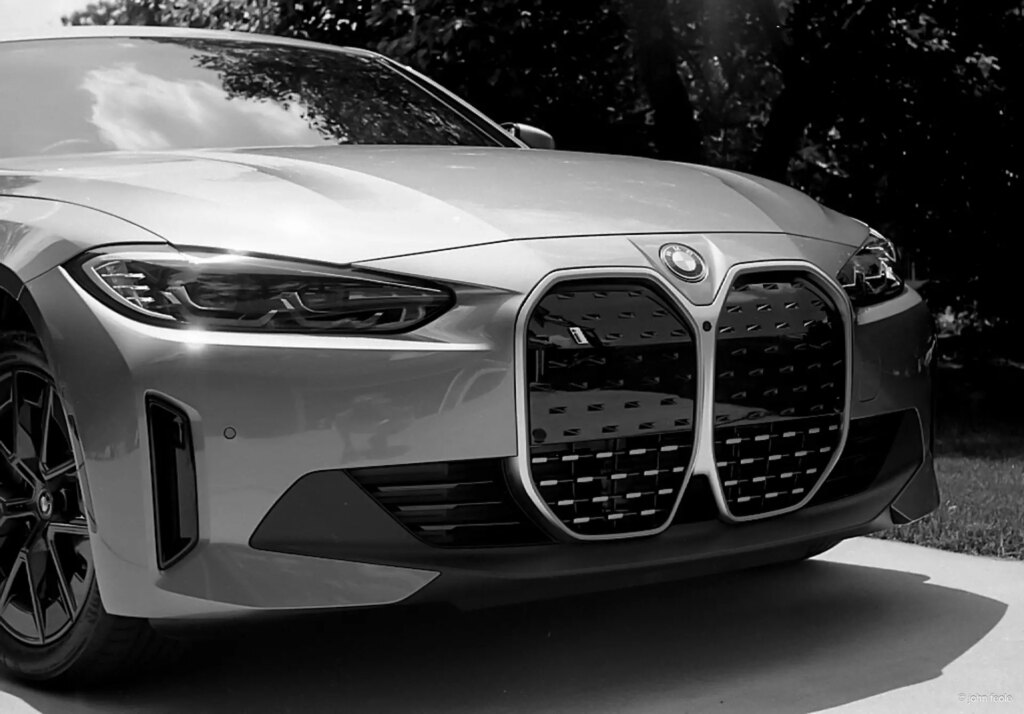
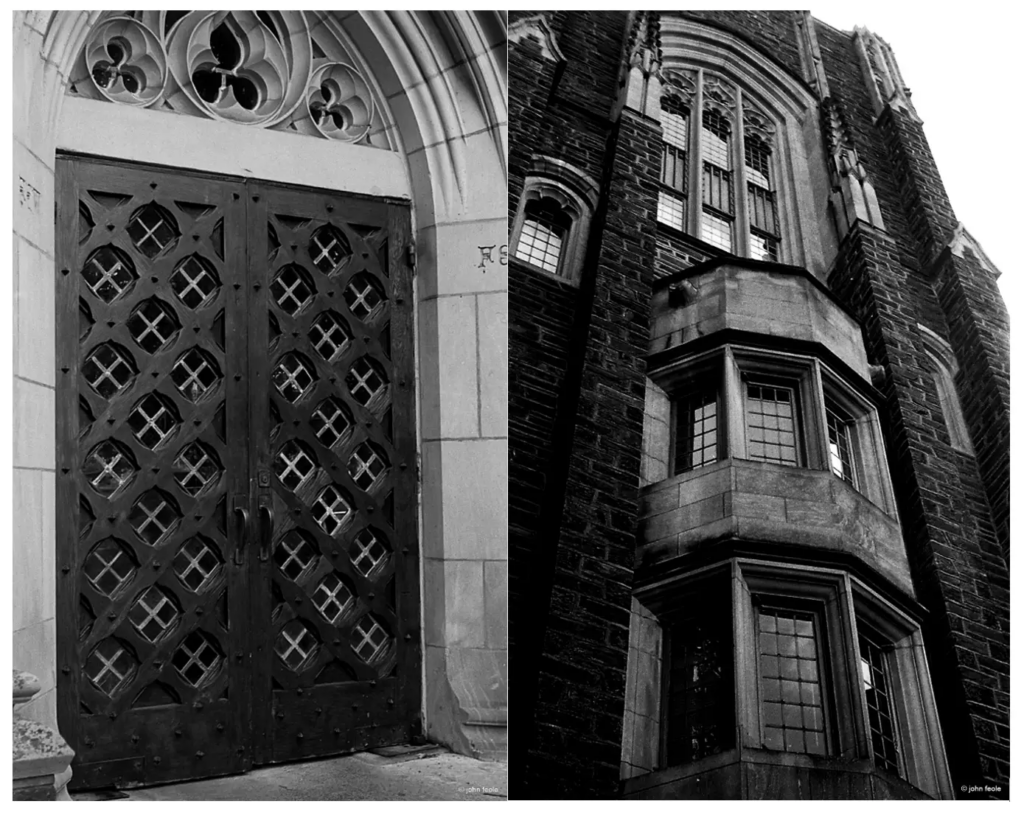
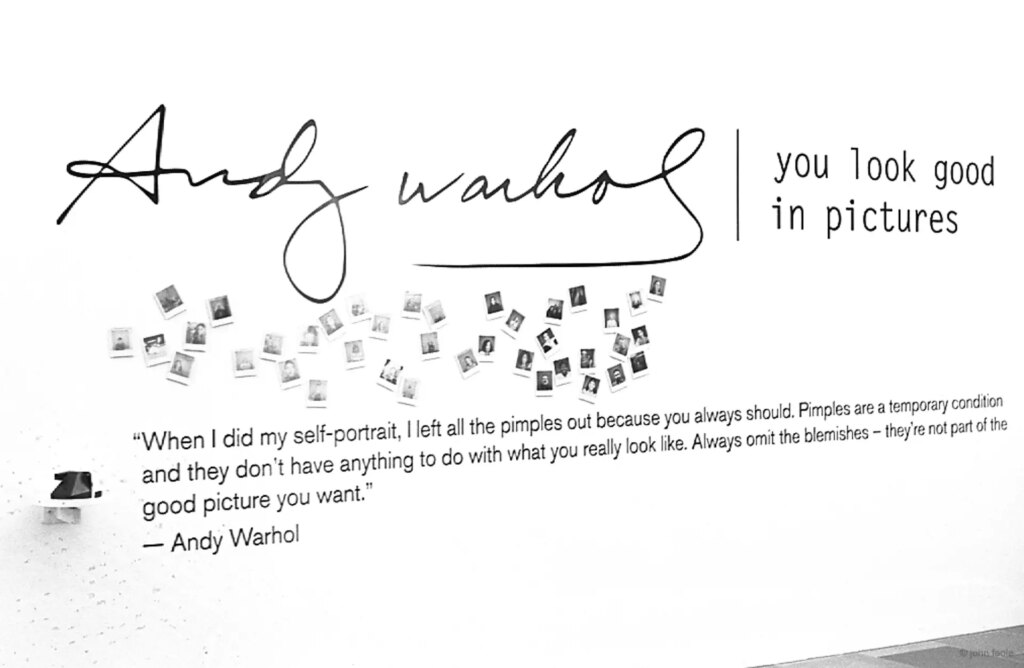
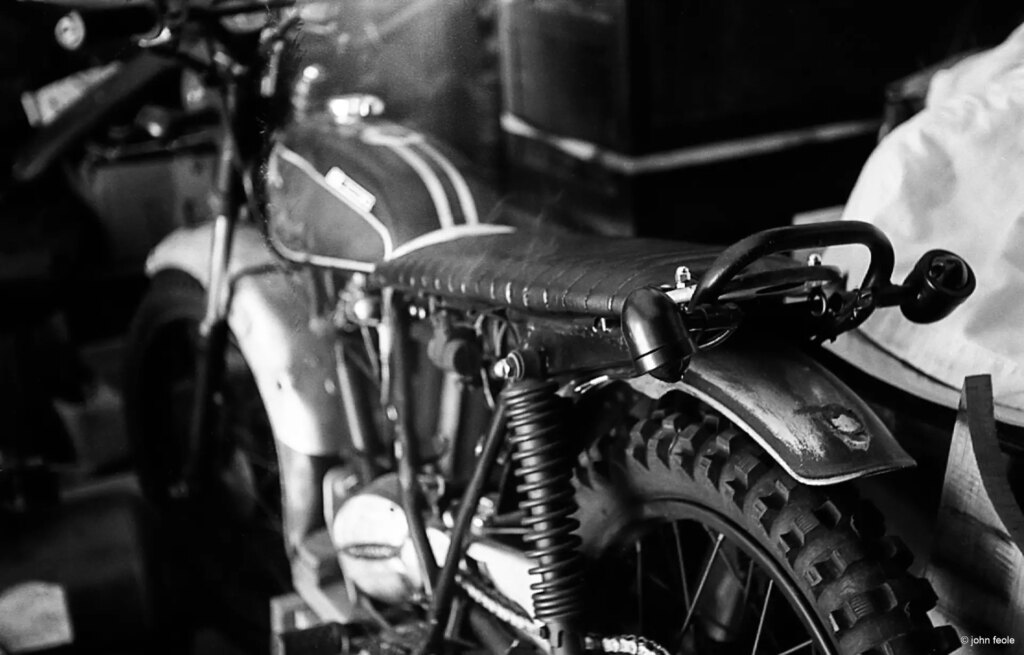
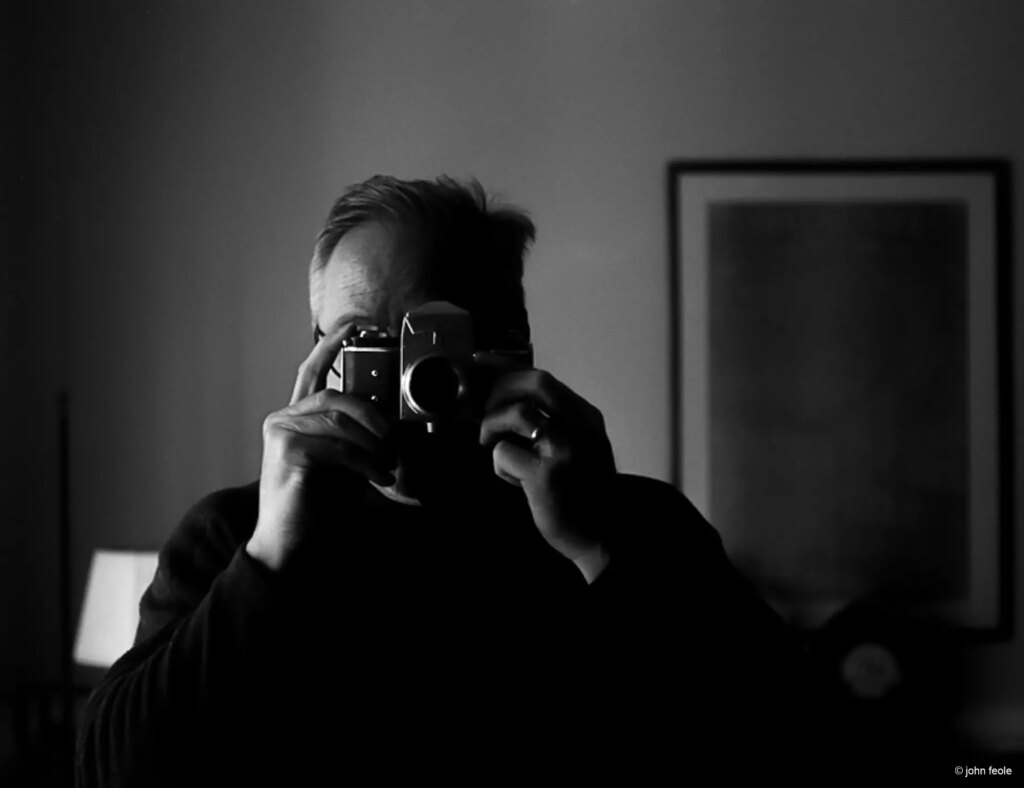
Conclusion
For two hundred dollars I have purchased a landmark camera that had a key role in the history of 35mm SLR camera development and was brought to life by vintage John Rudolph-Carl Zeiss Tessar glass. On top of all of that, it is a beauty to behold. This is a keeper that I found resting in a humble cardboard box.
You can find me on instagram here
Share this post:
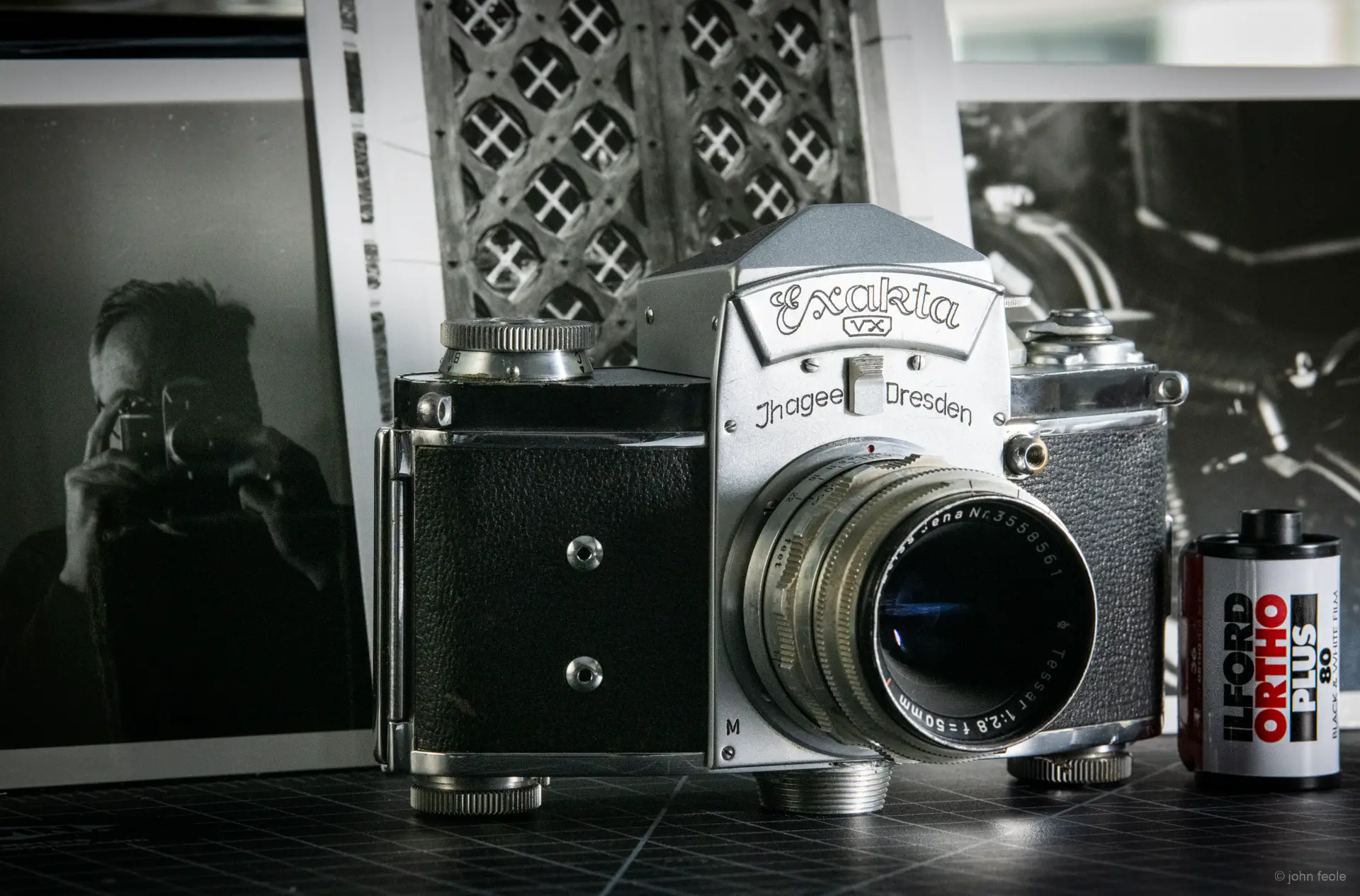
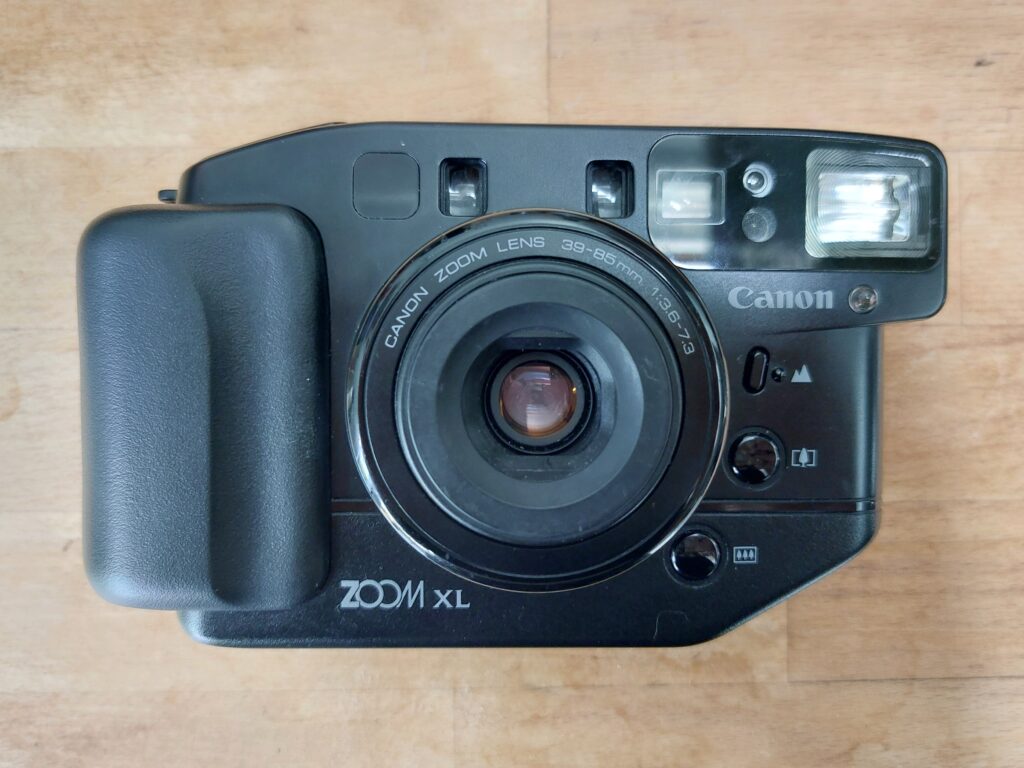
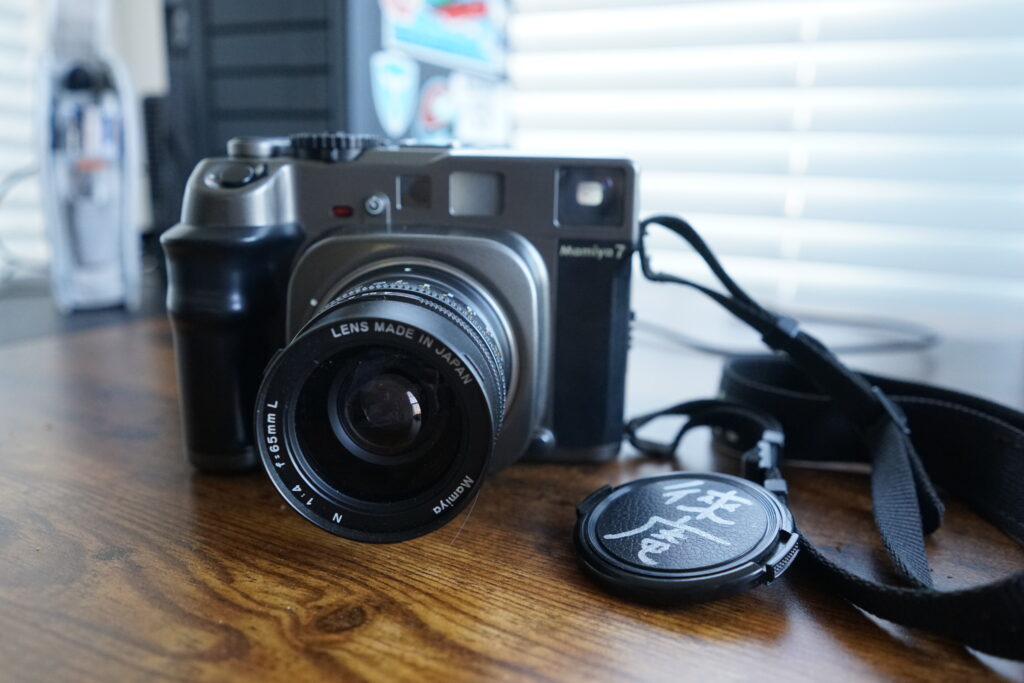
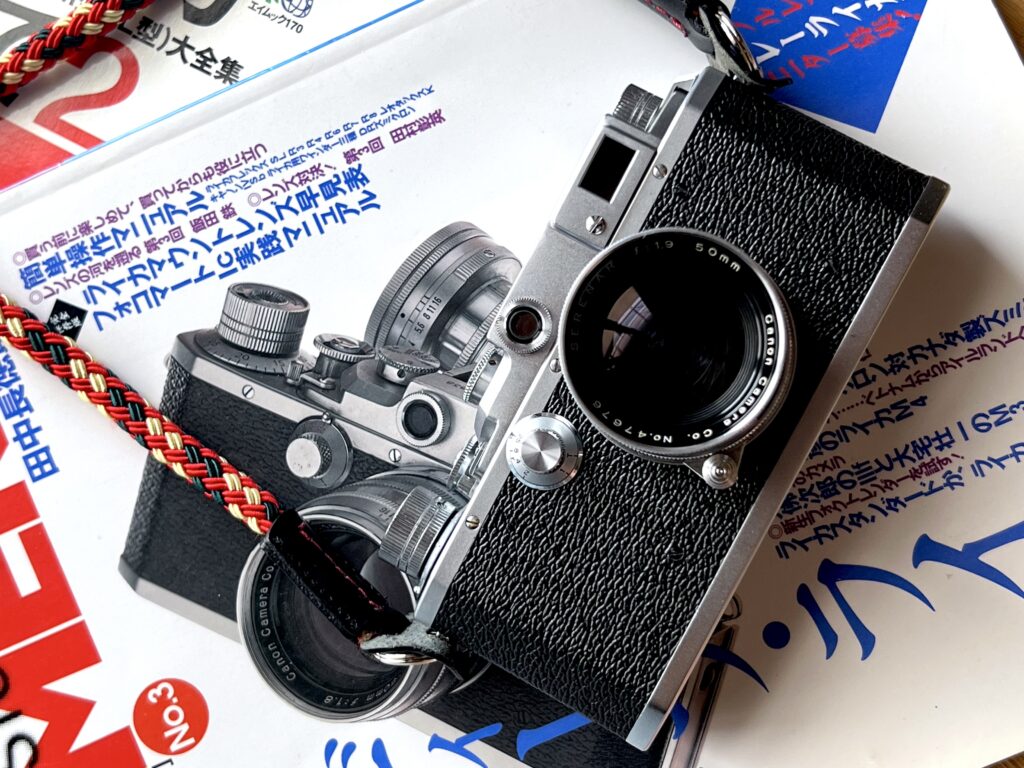
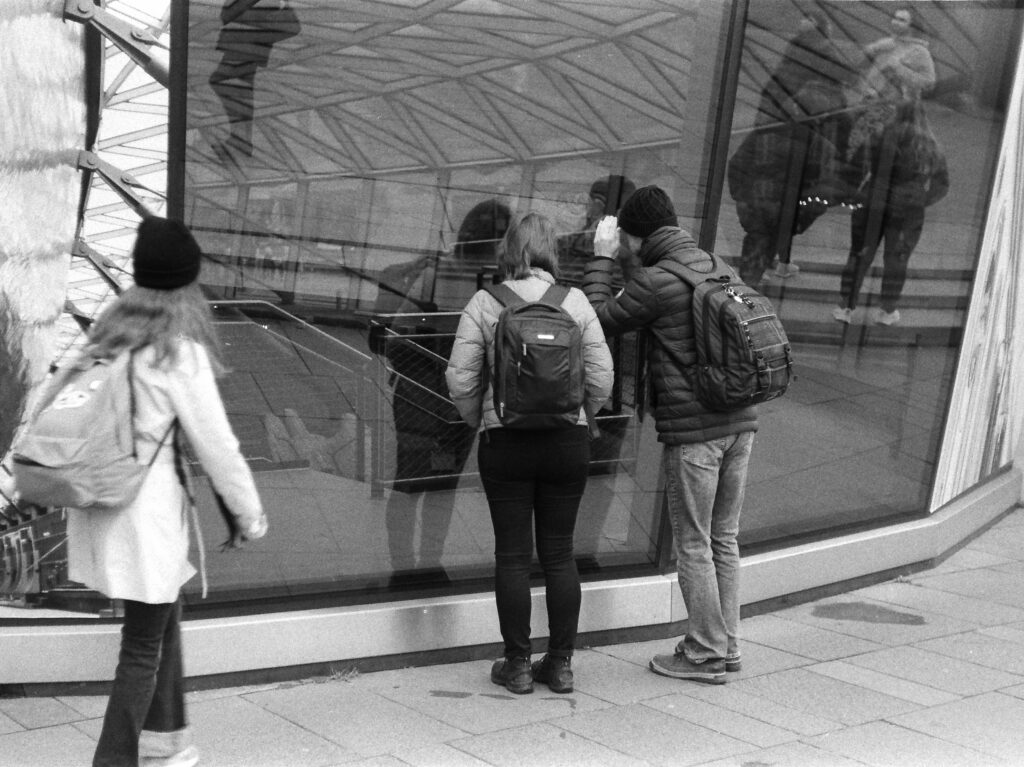





Comments
Stevenson G on Exakta VX Initial Experiences – A Camera for the 35mm Aficionado.
Comment posted: 05/07/2023
Comment posted: 05/07/2023
David on Exakta VX Initial Experiences – A Camera for the 35mm Aficionado.
Comment posted: 05/07/2023
I have since become slightly obsessed with snagging other classic film cameras. I seem to be particularly partial to Canons, Retinas, Voigtlanders, Zeiss-Ikons and Exaktas, though I only have two of the latter. So far! Two favorites are a Voigtlander Prominent and a Canon II-F, a Leica clone from the early 1950s. I also seem to have accumulated a pile of old medium-format folders, mostly Kodaks, from the 1910s to 1940s. And I just bought a Zorki, another exact Leica clone, that will be arriving shortly.
I've been taking pictures since I was about 10 but only got serious in college during a required photojournalism class where I learned developing, printing and, most importantly, seeing! I have since often used my camera as an adjunct to my career in and out of writing, and later with fine art photography. I haven't shot film since 2005, but my growing pile of mechanical marvels beckons louder every day . . .
Comment posted: 05/07/2023
Comment posted: 05/07/2023
Geoff on Exakta VX Initial Experiences – A Camera for the 35mm Aficionado.
Comment posted: 05/07/2023
Comment posted: 05/07/2023
David Hill on Exakta VX Initial Experiences – A Camera for the 35mm Aficionado.
Comment posted: 05/07/2023
Comment posted: 05/07/2023
MICHAEL on Exakta VX Initial Experiences – A Camera for the 35mm Aficionado.
Comment posted: 05/07/2023
Comment posted: 05/07/2023
Phil Steelandt on Exakta VX Initial Experiences – A Camera for the 35mm Aficionado.
Comment posted: 05/07/2023
2 weeks ago I found one in a flea market in Normandy (France).
My G.A.S. driven heartbeat went in overdrive... they asked 50 Euro.
After a close inspection I had to leave it there in France.
But now, after reading your article, I know that you "infected" me with a new G.A.S. virus ;-)
nice article
Phil
Comment posted: 05/07/2023
David Dutchison on Exakta VX Initial Experiences – A Camera for the 35mm Aficionado.
Comment posted: 05/07/2023
Comment posted: 05/07/2023
Louis A. Sousa on Exakta VX Initial Experiences – A Camera for the 35mm Aficionado.
Comment posted: 06/07/2023
John Duder on Exakta VX Initial Experiences – A Camera for the 35mm Aficionado.
Comment posted: 10/07/2023
Subsequently, I've acquired several more VX bodies of varying types - my experience is that the older ones (VX, VXIIa, VXIIb) are more solid, but the shutter cloth has usually disintegrated to some extent, leading to light leaks and spots all over the film. Maybe your $200 experience meant that yours had been more cared for than most!
Sadly, i haven't found a repairer in the UK who will replace cloth shutter blinds - and I suspect the cost would be VERY high if there is anyone.
Thomas Cervenak on Exakta VX Initial Experiences – A Camera for the 35mm Aficionado.
Comment posted: 12/09/2023
Morris Bagnall on Exakta VX Initial Experiences – A Camera for the 35mm Aficionado.
Comment posted: 11/12/2023
Turns out it was one of the first run of Kine Exacta's with the round magnifier. It was in pretty good condition as was the lens (CZJ Tessar F/2.8 5cm) however when I realised what a rare gem I had I shipped it off to Andrea Schonfelder in Gorlitz. I should have it back in Jan/Feb 2024 fully renovated and ready to perform.
I enjoyed your article, John. Might have to chart my own Ihagee experience when I have the Kine back.
(I've also just shot a test roll with a 1936 Contax II - these old gems have to be rescued and used in my opinion).